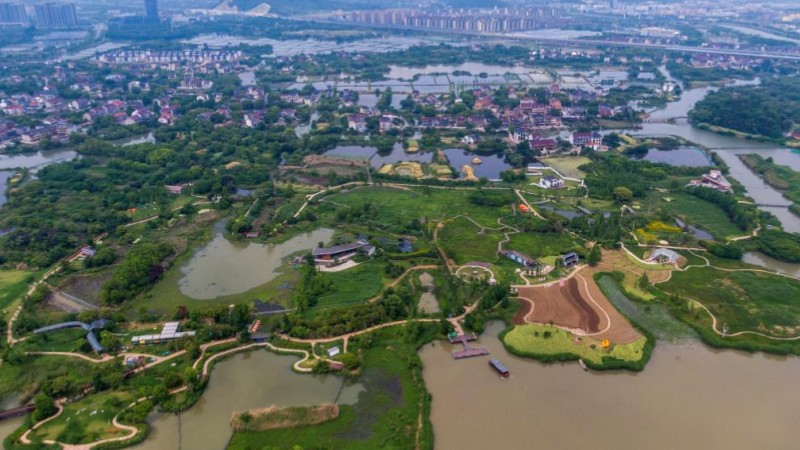U.S. ends COVID-19 public health emergency, drops air travel vaccine mandates
LOS ANGELES, May 11 (Xinhua) -- The U.S. COVID-19 public health emergency (PHE) came to an end on Thursday, marking a major transition in the country's fight against the global pandemic.
The PHE was announced by the Trump administration in January 2020 to implement temporary measures and allocate resources to better contain the pandemic, and has been repeatedly extended by U.S. President Joe Biden since he took office in 2021.
Along with the end of the PHE, the Biden administration also ended the COVID-19 vaccine requirements for federal employees, federal contractors, and international air travelers on Thursday.
The U.S. decision to end the emergency comes as COVID-19 deaths and hospitalizations have declined dramatically due to the availability of vaccines, antiviral treatments and widespread exposure to the virus.
The pandemic claimed at least 6 million hospitalizations, and 1.1 million deaths in the United States, according to data of the U.S. Centers for Disease Control and Prevention (CDC). Many people are still struggling with the complex collection of symptoms known as long COVID.
The end of the PHE will bring significant changes in how the country responds to the virus. The CDC will scale back its efforts to track the virus. Most tools, like vaccines, treatments and testing, will remain available, but some tools, like certain data sources and reporting, will change.
The U.S. Department of Health and Human Services no longer has the authority to require lab test reporting for COVID-19.
"The end of the PHE means much less data and information on the trends of coronavirus infections, which makes it harder to track new variants and transmissions," Zhang Zuofeng, professor and chair of the Department of Epidemiology at the University of California, Los Angeles, told Xinhua.
The PHE has helped distribute funds and allowed millions of Americans to enjoy Medicaid during the pandemic. It prohibited states from changing eligibility requirements, premiums and benefit packages. But all of those could change after May 11.
It may result in higher medical costs for individuals due to reduced insurance coverage.
Many people many lose their health insurance, Zhang said, adding that the poor and minority populations will be hit the hardest.
The pandemic has pushed the marginalized communities to the edge. Compared to White people, Black people were 60 percent more likely to die of COVID-19, and American Indian or Alaska Native people were twice as likely to die, according to the latest CDC data.
The pandemic also exacerbated inequities in access to treatments. CDC data showed racial disparities in receiving COVID-19 oral antiviral treatments, including Paxlovid, the most widely prescribed antiviral.
While public health experts agree that the country has more tools to fight COVID-19 today, they warn the virus will remain a persistent threat to the nation's battered healthcare system as new variants keep emerging.
"It's a good time for the country to absorb the crisis's many lessons. Instead, we seem to be actively forgetting them," said an opinion published Thursday by The New York Times.
Photos
Related Stories
Copyright © 2023 People's Daily Online. All Rights Reserved.









